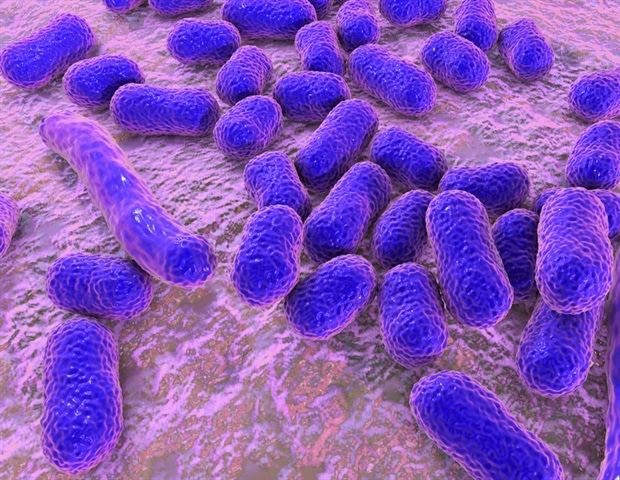In a recent study published in the Journal of Medical Virology, researchers analyzed antibody profiles of mothers infected with severe acute respiratory syndrome coronavirus 2 (SARS-CoV-2) and their offspring.
Background
Neonates born to SARS-CoV-2-infected mothers rarely contract the virus. A systematic review involving over 1100 pregnant women with coronavirus disease 2019 (COVID-19) and 985 neonates observed a low rate (0.3%) of neonatal infection. Vertical transmission of SARS-CoV-2 could occur via 1) transplacental transfer of the virus to the fetus or 2) vaginal fluids during delivery. Passive immunity could protect neonates born to infected mothers from infection.
About the study
In the present study, researchers examined the anti-SARS-CoV-2 antibody profiles of infected mothers and their children. This retrospective cohort analysis included women positive for SARS-CoV-2 during pregnancy or at delivery admitted to Santo Stefano Hospital in Italy and their neonates between March 2020 and January 2022. Polymerase chain reaction (PCR) tests were performed on nasopharyngeal swab samples during universal screening on admission to the delivery unit.
At delivery, all SARS-CoV-2-positive women and their neonates were screened for anti-spike IgM and IgG antibodies. SARS-CoV-2 PCR tests were also performed on newborns a day after birth. Electronic medical records were accessed to obtain information on age, delivery type, COVID-19 symptoms and severity, the time between positive test and delivery, neonatal PCR data, and maternal and neonatal serologic status.
Findings
During the study period, 269 SARS-CoV-2-positive females delivered to the hospital. Data on serum anti-spike IgG and IgM antibodies were available for 143 mother-neonate dyads, who were included for analysis, while the remaining individuals were excluded due to a lack of complete data.
Thirteen pregnant women (group 1) were positive for the virus at delivery, 85 (group 2) were positive one to seven days before delivery, 23 (group 3) were positive 8-to-14 days before delivery, and 22 (group 4) tested positive 14-to-195 days before delivery. Maternal rates of anti-spike IgG seropositivity increased with time since infection at delivery.
In group 1, three mothers and two neonates were positive for anti-spike IgG antibodies. In the second group, 27 females and 22 newborns exhibited IgG positivity. Fourteen women and eight neonates from group 3 had IgG antibodies. Nineteen women and 16 newborns from group 4 developed IgG antibodies. There were five IgG-positive neonates born to IgG-negative mothers.
Anti-spike IgM antibodies were detected in 25 women; two from group 1, 11 from group 2, seven from group 3, and five from group 4. Two neonates were IgM-positive; one was born to a seronegative mother who tested SARS-CoV-2-positive at delivery. The second neonate was seropositive for both IgM and IgG antibodies and was born to an IgM- and IgG-positive mother diagnosed with COVID-19 two weeks before delivery.
Overall, 10 newborns tested SARS-CoV-2-positive at day one of life and had a low viral load. Eight were seronegative, and two were IgG-positive but IgM-negative. Seven mothers were seronegative for both IgM and IgG; three were IgG-positive but IgM-negative. All SARS-CoV-2-positive neonates underwent a second PCR test after 24 to 48 hours, and only one was positive on the retest.
Conclusions
In summary, the authors found higher maternal anti-spike IgG seropositivity as the time between COVID-19 diagnosis and delivery increased. Notably, IgM antibodies were detected in two newborns who were SARS-CoV-2-negative at birth. This is unusual, given that IgM is not transferred to the fetus due to its larger macromolecular size, and SARS-CoV-2-associated vascular damage to the placenta could be a plausible explanation.
Overall, the findings reaffirm that seroconversion for SARS-CoV-2-positive pregnant women occurs with similar kinetics as in the general population, and IgG antibodies are transferred across the placenta to the offspring. Future studies must ascertain the durability of the passively transferred IgG and determine the protection conferred by both maternal infection and vaccination.







